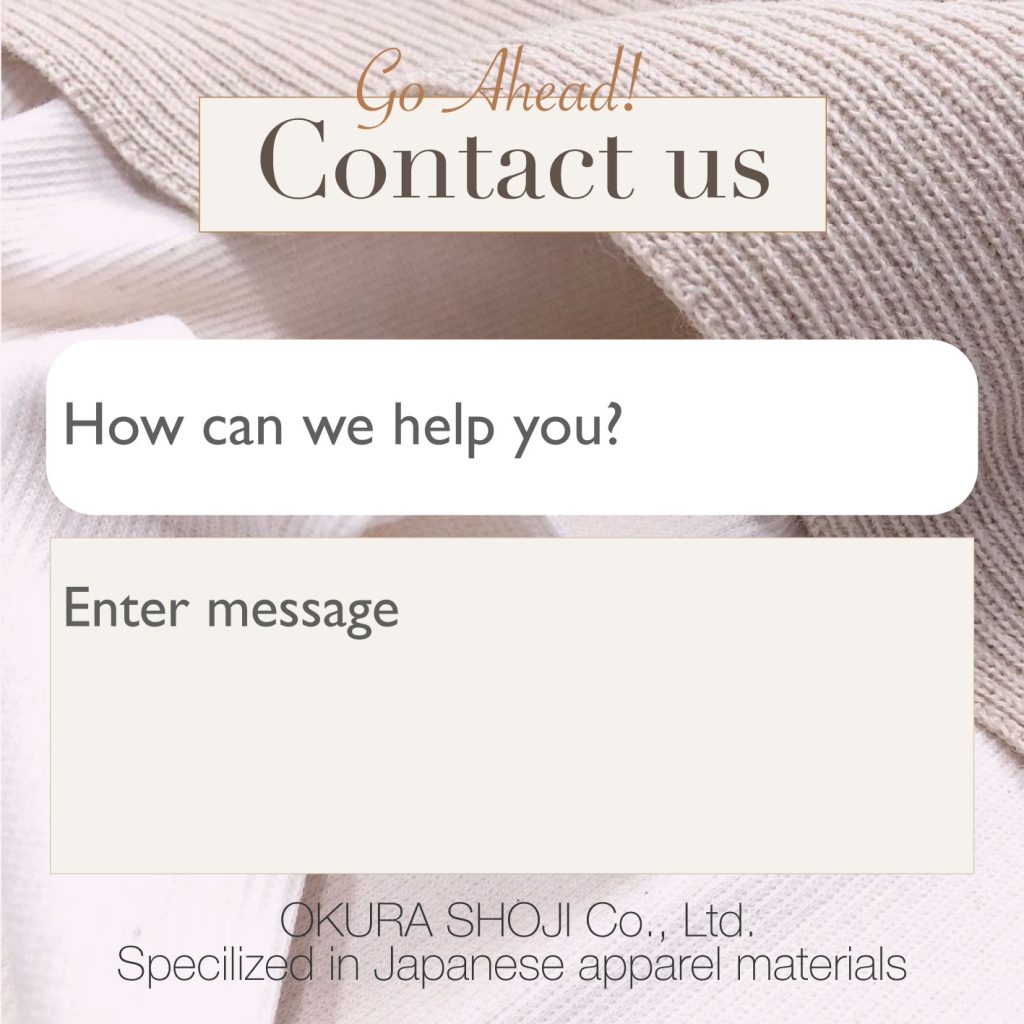Advantages and disadvantages of different lining fibers
Hello again, I’m Kayaba an ApparelX News editor.
In this article, I would like to talk about how to choose a lining.
You can read more about why you need a lining in my previous article.
Of all the elements that make up a lining or other material, the most important one is the type of fiber.
Fibers are broadly divided into chemical fibers and natural fibers, with chemical fibers further classified into regenerated fibers, semi-synthetic fibers, synthetic fibers, and inorganic fibers, and natural fibers subdivided into plant fibers, animal fibers, and mineral fibers.
In this article, I would like to introduce the characteristics, advantages and disadvantages of synthetic, regenerated and natural fibers, making them a must-see for lining selection.
Synthetic fiber
Polyester
Typical fiber is polyester. (Photo: 5421 lining)

Polyester is the top chemical fiber in terms of both production and consumption.
It is a very strong fiber with excellent elasticity and form stability, and is resistant to wrinkling.
The following are some of the advantages:
- High durability.
- It can be washed with water.
- Low cost.
The disadvantage is that it does not absorb sweat and is prone to static electricity, but there is also anti-static polyester, although it is inferior to natural and recycled fibers.
Regenerated fiber
Typical fibers are rayon and cupro.
Rayon
Rayon has a silky sheen and very good water absorbency.
The following are some of the advantages:
- High water absorbency.
- Good staining properties.
The following are some of the disadvantages:
- Weakness in tension and easy to wrinkle.
- Strength decreases when wet.
Cupro
Cupra is thinner and more pliable than rayon, but its strength, water absorbency, and dyeability are superior to rayon.
It has an elegant luster similar to silk, and is wrinkle-resistant and pleasant to the touch. (Photo: AKX400 lining)

The following are some of the advantages:
- High water absorbency.
- Wrinkle resistance.
- Less discoloration due to ultraviolet rays.
- Static electricity is difficult to generate.
The following are some of the disadvantages:
- It expands and contracts a little when it gets wet.
- High cost (because only a few companies in the world manufacture cupro).
Cupra is used for underwear and underclothes as well as for lining because of its wrinkle-resistant properties.
The cupro lining prevents static electricity from occurring, so the skirt will not cling to you.
Because of its silky luster, it is also used for high-class women’s wear and kimono, and has become a standard material for the lining of high-class suits and custom-made suits.
Natural fibers
Silk
Typical fiber is silk. (Photo: SLK120 lining)

It is characterized by its luster, suppleness, good touch and high heat retention.
It is one of the most dyeable fibers of all.
The following are some of the advantages:
- High water absorbency.
- Good texture.
- Static electricity is difficult to generate.
The following are some of the disadvantages:
High price
Wrinkle easily.
When exposed to ultraviolet rays, it turns yellow and loses its strength.
Weak against friction and prone to fluffing.
As you can see, silk is very delicate to handle.
However, it has a high drape and is often used for dresses and scarves.
Silk can be used as a lining for coats and jackets to give them a more luxurious feel.
Conclusion
The above are just a few examples, but why don’t you choose a lining based on the advantages and disadvantages of each?

If you want to search for and purchase linings to make Apparel as Business, Please visit our B2B Apparel Sousing Platform “ApparelX“!



